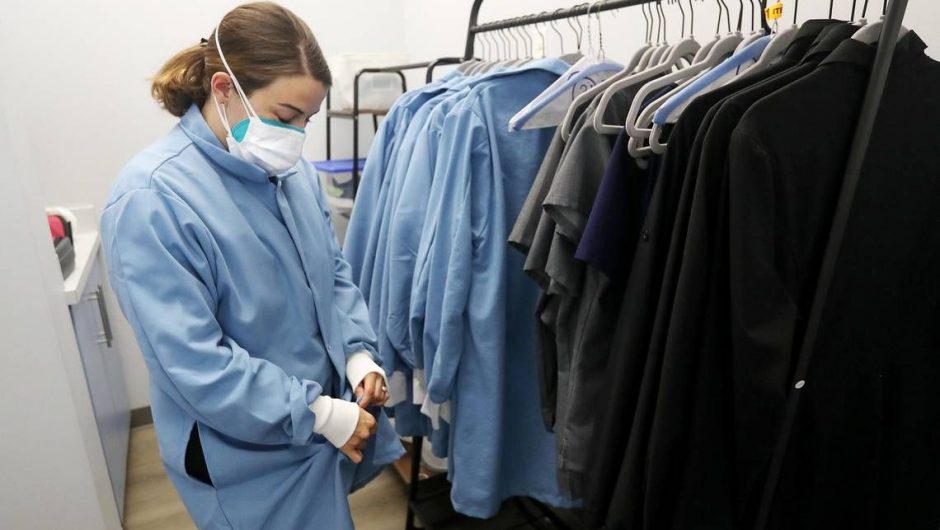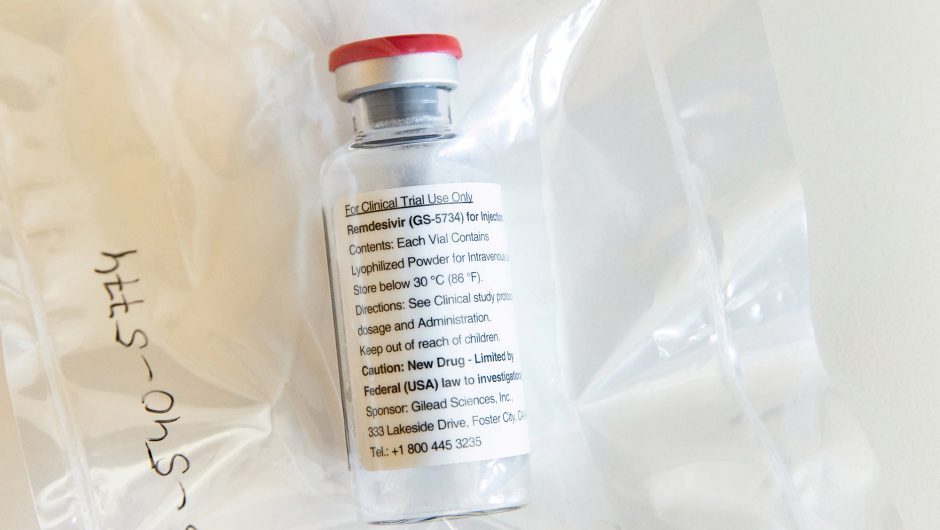The virus that causes COVID-19 can survive far longer than previously thought — remaining infectious on surfaces such as bank notes, glass, phone screens and stainless steel for 28 days, according to a new study.
By comparison, the flu virus has been shown to survive on surfaces for 17 days.
Researchers at Australia’s science agency CSIRO conducted the experiments on the SARS-COV-2 virus at 68 degrees – room temperature — and in the dark to remove the effect of ultraviolet light, as studies have shown that sunlight can kill the bug, Reuters reported.
“So in the real world results would likely be shorter than what we were able to show,” Shane Riddell, the lead researcher in the study published Monday in the Virology Journal, told the news agency.
“It really reinforces the importance of washing hands and sanitizing where possible and certainly wiping down surfaces that may be in contact with the virus,” Riddell said about the research.
In the study, the virus was dried in an artificial mucus on a variety of surfaces at concentrations similar to samples from coronavirus patients and then recovering the bug over a month.
Experiments done at 68, 86 and 104 degrees Fahrenheit showed the virus survived longer at cooler temperatures, longer on smooth surfaces and longer on paper bank notes than on plastic ones.
The study also found that the virus stopped being infectious within 24 hours at 104 degrees on some surfaces.
The researchers said that given that proteins and fats in body fluids can also significantly increase virus survival times, the study may help explain the apparent persistence of the virus in cool environments.
Some experts have expressed doubt on the actual threat posed by surface transmission since the coronavirus is mostly transmitted when people cough, sneeze or talk.
However, there also is evidence that it can be spread by particles hanging in the air.
Previous lab tests have found that the virus can survive for two to three days on bank notes and glass, and up to six days on plastic and stainless steel, though results vary.
Professor Ron Eccles, former director of the Common Cold Centre at Cardiff University, criticized the Australian study and said the suggestion that the virus could survive for 28 days was causing “unnecessary fear in the public”.
“Viruses are spread on surfaces from mucus in coughs and sneezes and dirty fingers and this study did not use fresh human mucus as a vehicle to spread the virus,” he told the BBC.
“Fresh mucus is a hostile environment for viruses as it contains lots of white cells that produce enzymes to destroy viruses and can also contain antibodies and other chemicals to neutralize viruses,” Eccles said.
“In my opinion infectious viruses will only persist for hours in mucus on surfaces rather than days,” he added.








